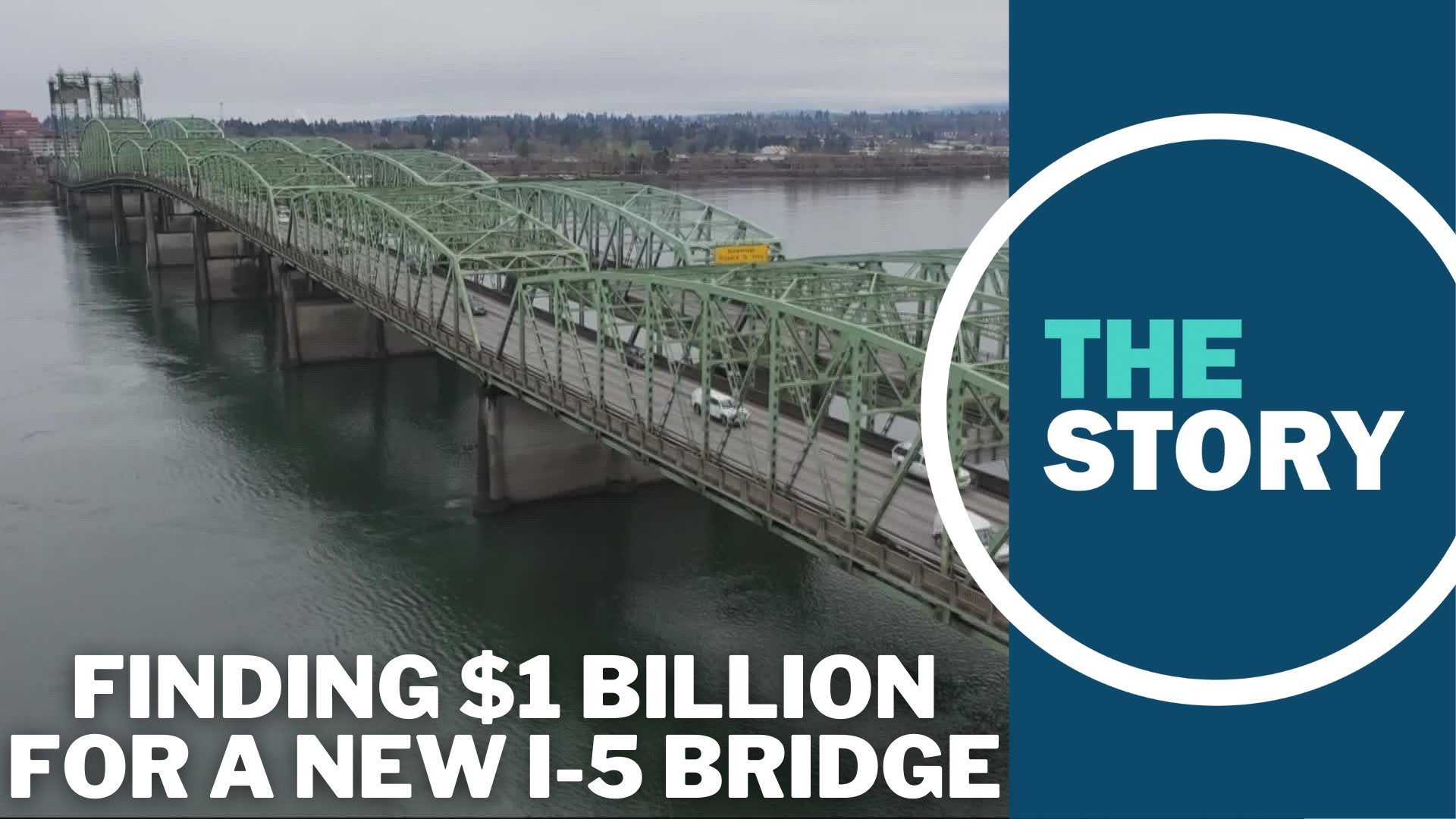SALEM, Ore. — Hundreds of bills are racing to get across the legislative finish line in Salem this week, including an ambitious plan to cover Oregon's portion of the cost of replacing the Interstate Bridge.
Washington State has already committed $1 billion toward the megaproject's $6 billion price tag, and project planners have been asking Oregon to pledge the same amount before they start applying for federal funding this summer.
The legislature appears on track to get it done in the next few days, but not everyone is happy about the way the state would come up with the money — and doing it as a rush job means the plan lacks some financial guardrails that lawmakers tried to add earlier in the session.
The Joint Transportation Committee began developing the original financing plan in April as an amendment to House Bill 2098. One key detail: Lawmakers wanted to preemptively tackle price creep concerns by adding a provision to cap the overall cost of the project at $6.3 billion.
But HB 2098 ultimately died in committee last month, and the revived plan making its way through the legislature this week is a leaner version. It's folded into House Bill 5005, an omnibus bill that allocates Oregon's general obligation bond dollars for the next biennium.
The bill says Oregon will appropriate about $250 million in bond revenue for the bridge project over those next two years, and it pledges another $250 million in each of the next three biennia, totaling $1 billion over eight years.


"Washington did something analogous," State Sen. Elizabeth Steiner, co-chair of the Joint Ways and Means Committee, told KGW. "I think they spread theirs out over and even longer period of time. We'll be doing it over 8 years and Washington's commitment was over 16, so we tried to find that sweet spot between committing too much too early and spreading it out over too long."
It's also the same way the HB 2098 version of the plan would've done it, but the omnibus bill does not include the $6.3 billion cap or any other strings that lawmakers had talked about attaching.
The updated plan drew concern from some lawmakers this week due to the lack of guardrails and the large size of the financial commitment, drawn entirely from general obligation bonds.
"These are scarce bonding resources that we need for our housing and education and health care," State Rep. Khanh Pham said when Ways and Means took up HB 5005 on Wednesday.
Steiner downplayed the scale of the number, telling KGW that the State Debt Policy Advisory Commission estimates that Oregon will have about $2 billion in general obligation bond capacity per biennium for the next decade.
"So committing one eighth of that, which is $250 million per biennium, is not an enormous amount, especially for something as important as the Interstate Bridge," she said.


Some lawmakers also argued during the Ways and Means discussion that Oregon won't be completely locked into using general obligation bond dollars — the legislature could swap in other funding sources for part of the money later on. There just needs to be a full pathway laid out up front to demonstrate the state's commitment during federal grant applications.
"You have to show that you have a plan not just for one biennium or $250 million, but for the whole billion," State Rep. Susan McLain said during the committee work session.
Pham expressed reservations about that idea Wednesday, saying she was fine with the first $250 million but wished the plan didn't specifically commit Oregon to using general obligation bond dollars for the other $750 million.
"Proponents of this approach are optimistic that we can shift and fine tune the funding details as we go forward, but I am more cautious, given that ODOT is notorious for significant cost overruns," she wrote in an email Thursday.
But with limited time left in the session and the clocking ticking on the federal applications, the consensus appears to be lined up behind the current plan. The bill advanced out of Ways and Means on an 18-4 vote and is set for floor votes in the next few days, where Steiner expressed confidence that it would pass.

